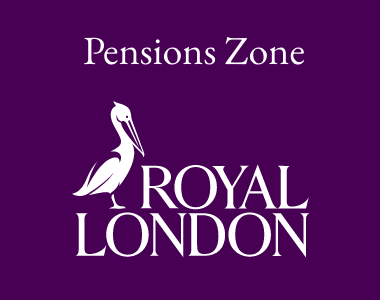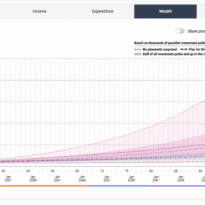The government raked in £368.5 billion in income tax, capital gains tax and National Insurance Contributions between April 2022 and January 2023, up £44.9 billion on the previous year.
Receipts from PAYE Income Tax and NIC for the period amounted to £312.6 billion, which is £36.7 billion higher than in the same period a year earlier, the latest figures from HM Revenue & Customs show.
Meanwhile, receipts from self-assessment Income Tax and NICs for the months between April and January totalled £55.9 billion, a rise of £8.9 billion year-on-year.
Rachael Griffin, tax and financial planning expert at Quilter, said the figures highlight how “lucrative” the government’s freeze on tax allowances and thresholds is likely to be. In November, Chancellor Jeremy Hunt announced that income tax thresholds would be frozen until 2027/28.
Griffin said: “Given the ongoing cost of living crisis, many people have now received increases in pay and some will have been pushed into the next Income Tax band as a result. This is exactly what the government had been banking on when the Chancellor confirmed the freeze on Income Tax thresholds during his Autumn Statement – thanks to fiscal drag, as more people move up the Income Tax bands while thresholds remain unchanged, the healthier government coffers will become.
“With the Spring Budget fast approaching, the Chancellor will be pleased that the changes he announced during his last statement are already having the desired effect – particularly as the reduction of the additional rate of income tax threshold is yet to come into play.”
With inflation still high, it is likely that wages will rise further and this upward trend in tax receipts will continue, says Griffin. A recent Freedom of Information request by Quilter showed that HMRC forecasts 1,130,000 more people will pay higher rate tax and 301,000 more people will become additional rate taxpayers by the end of the threshold freeze.
The official figures also showed a jump in inheritance tax receipts to £5.9 billion in the months between April 2022 and January 2023, up £0.9 billion during the same period of last year. The ongoing rise in IHT has been largely attributed to the sharp rise in house prices in recent years, especially in London and the South East.
In November, the Chancellor announced that the inheritance tax threshold of £325,000 will remain frozen until April 2028.
Griffin commented: “Inheritance tax has historically been considered a tax for only the very wealthy, but the current freeze coupled with inflated house prices has seen far more people caught by the net. Even those who may not consider themselves wealthy could now end up paying Inheritance Tax as their property value has grown so much.”
Inheritance tax receipts for January 2023 alone totalled £578 million, up from £443 million in the same month a year ago.
The total inheritance tax take for 2021-22 was £6.1 billion, meaning this year is already only £178 million short of that figure. According to Stephen Lowe, group communications director at Just Group, it is likely that 2022-23 will beat that record as well as possibly surpassing official estimates for 2025-26 of £6.8 billion.
Lowe said: “The combination of frozen thresholds and property prices that have soared over the years mean that receipts could continue to grow over the coming years.
“While it’s good news for the Treasury there will be many people for whom an inheritance tax bill will be a nasty shock. These figures provide a reminder for people to assess the value of their estate regularly, taking into account an up-to-date valuation of any property they own.
“Professional, regulated advice can be invaluable to help work out the total value of an estate, calculate how much inheritance tax is likely to be charged and understand what options are available to manage that tax bill.”
[Main image: ashin-k-suresh-mkxTOAxqTTo-unsplash]































